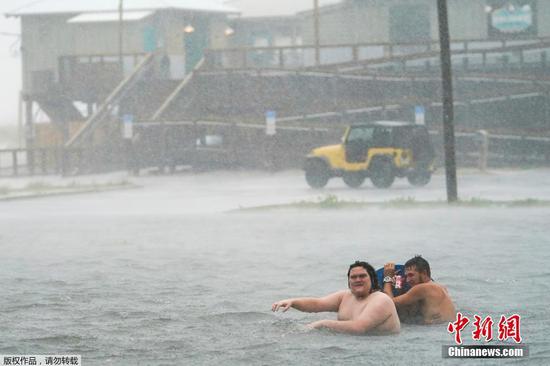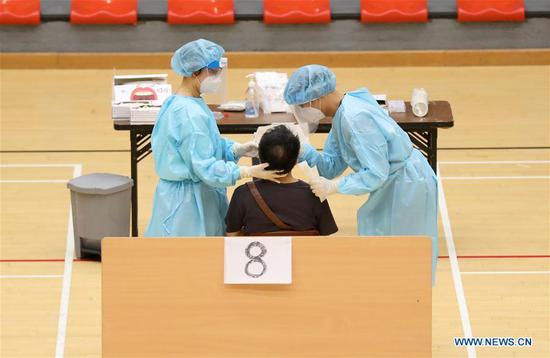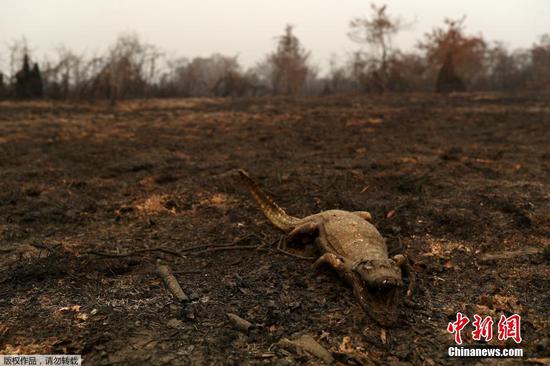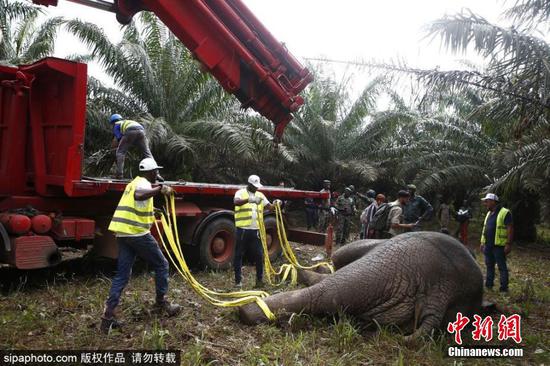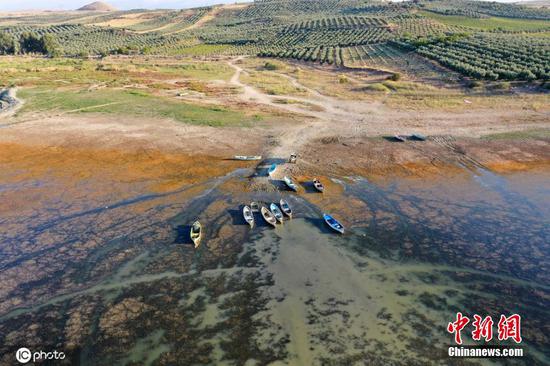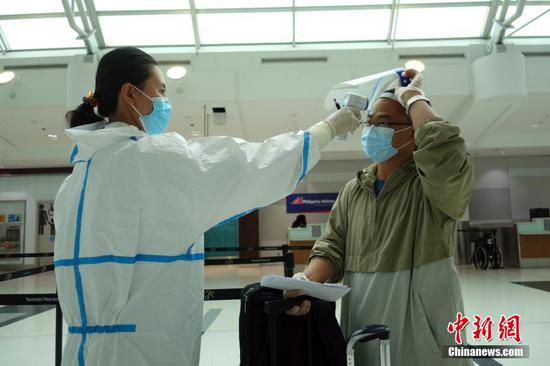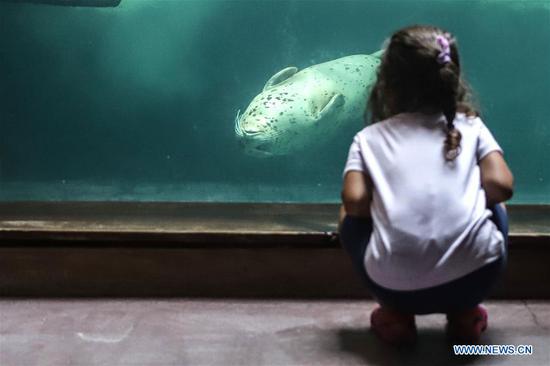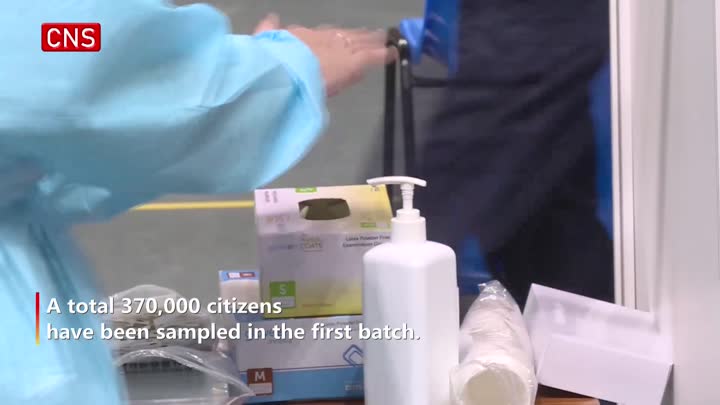
A medical worker collects a throat swab sample to test for COVID-19 at Ruili People's Hospital in Yunnan province on Monday. YANG XUEMEI/FOR CHINA DAILY
China's National Health Commission on Tuesday released the latest (seventh) version of COVID-19 prevention and control guidelines, making revisions contents such as COVID-19 etiological and epidemiological features, as well as epidemic monitoring and handling.
Stressing that the disease is mainly transmitted via respiratory droplets and close contact, the latest version said there are risks of infection when people are exposed to contaminated objects or environments under certain conditions.
When five or more cases that are linked by the same location of exposure are confirmed, it is regarded as an infection cluster, said the guidelines, which identified the occurrence of two or more such confirmed cases as an infection cluster in previous versions.
For the convenience of epidemiological investigations, the latest version gave specific criteria for imported cases, new infections linked to imported cases, and close contacts of close contacts, among other terms.
After taking a COVID-19 test at ports of entry, passengers entering the mainland should spend seven days in isolation centers for medical observation and take another test before completing quarantine, according to the guidelines.
If the test result is negative, passengers from outside the mainland can isolate themselves at home for another seven days before they are free to travel around, the guidelines added.











